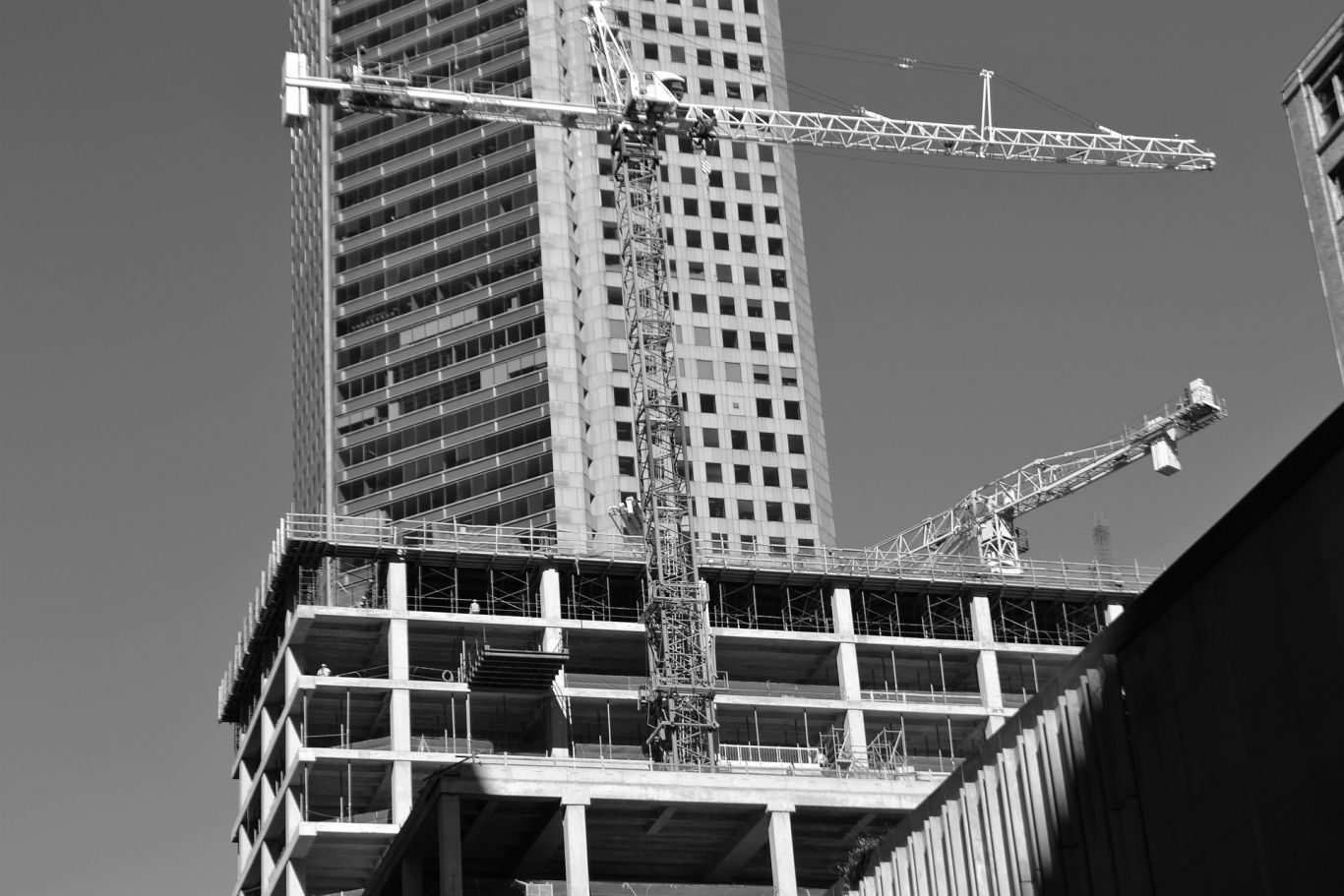This interview, part of Clear Path Analysis’ series of one-to-one discussions with leading North American based asset allocators, economists and politicians, focuses on how the commercial real estate sector is changing. Issues covered include, which sectors have been impacted, what impact has there been with companies like Amazon buying in these areas, how are developers and investors responding to these changes, what further changes can the real estate space anticipate in the near-term and what have been some of the forecasts going out a decade and beyond, and do you foresee the human element continuing to be present in real estate or will it disappear?
David Grana: Which technology companies have been some of the biggest game-changers for real estate in recent years and which sectors have been impacted?
Mark Stapp: Areas where you have seen some change are mostly related to efficiencies and the ability to gather data and display it. In the existing single-family detached residential home sales market, Zillow, Redfin and OfferPad are among the types of companies that are changing that space. These companies have shaken up the business model of selling homes. In the commercial segment, the effect of technology has not been so profound.
David: From a build perspective, when it comes to commercial and retail real estate, what impact has there been with companies like Amazon buying in these areas?
Mark: It has had a big impact because it has affected the real estate that these businesses use. Walmart’s decision to close 65 Sam’s Club stores is a perfect example. They had announced converting some of them into fulfillment centers, which is, essentially, a change in business strategy. But this is the result of what is going on in the marketplace at this moment and a result of how people are consuming products.
There are two parts to this: one is the physical asset itself, and the other is the business of real estate. For example, if Amazon closes stores, the question to answer is then what do they become? If they sit vacant, that will have an impact on the community in itself. In Walmart’s case, they needed to reduce costs and drive top line revenue. Real estate was merely the vessel in which they were previously implementing the strategy. But people and communities are impacted by that strategy.
David: How are developers and investors responding to these changes?
Mark: There are a couple of factors related to the effect of technology to consider that require businesses to be considerably more strategic than they have ever had to be. This is true for real estate developers and investors, but in particular, for developers. Some of the old formulas, especially the “same product-new market” mentality just doesn’t hold up now.
One of the things that technology does is it changes locational attributes. Property derives its value from its use, and its use is driven by location in many cases. When you change the need for certain locational attributes, you can change values. This means that if you don’t need to work in an office anymore, the value proposition of having an office changes, which means that the value of the office space change. If you can get goods delivered to you, then the corner retail center loses value. This is one of the things you see happening, and it is important to understand these shifts as they happen.
There are changes in business models and strategy occurring faster than we can adapt the physical real estate. This is having a major effect on demand and value. Real estate developers have got to be considerably more aware and build risk more significantly into some of their analyses. Technology is also causing physical obsolescence to occur much faster than real estate can change.
David: What further changes can the real estate space anticipate in the near-term and what have been some of the forecasts going out a decade and beyond?
Mark: We have seen the evolution towards a different kind of work space, where we socialize and how we socialize, where we consume and how we consume and will continue to do so. This is occurring at the same time we have significant demographic shifts. It isn’t fully sorted out yet. This will be driven by efficiencies, flexibility and lifestyle. Location and place matters today more than ever before. We are going to see the push in demand for Tier 2 and Tier 3 cities which can provide lifestyle and more affordable housing and business spaces. This is because technology allows for us to be disconnected form a company, retail outlet and service provider’s physical location.
We are also going to continue to see retail evolve. It is going to be a mix of onsite and online. Pure online retailing is not going to be the business model I think it will be a combination of both. When you look at the profit margins of pure online retailers versus omni-channel retailers, the latter are faring better. The kind of places that they put these stores in and the size of the spaces means that you are going to see possible shrinkage in the total overall demand because of the smaller footprints that are required. But, spaces that offer experience, such as quality of space, will matter.
Another area worth mentioning is the effects of autonomous vehicles. I don’t know that it will have a profound effect on real estate in the next 10 years but it will eventually impact utilization of space and locational attributes.
David: Do you foresee the human element continuing to be present in real estate or will it disappear?
Mark: You will never get rid of it. Instead, it will be a variation, especially since people need to socialize. Social connectivity is one of the biggest indicators of healthy populations, so socializing is something that will not go away. How, when and where we do it is what will shift. You may still go to the store, but that store may not look or feel the same way that it used to. Grocery stores, for example, are trying to figure out what they want to look like amidst this change. They may have the opportunity to be something considerably more than simply a place to buy something that you need. Social interaction is going to continue to be very important and will change the way that real estate is developed and used.
David: Thank you for sharing your thoughts on this topic.


